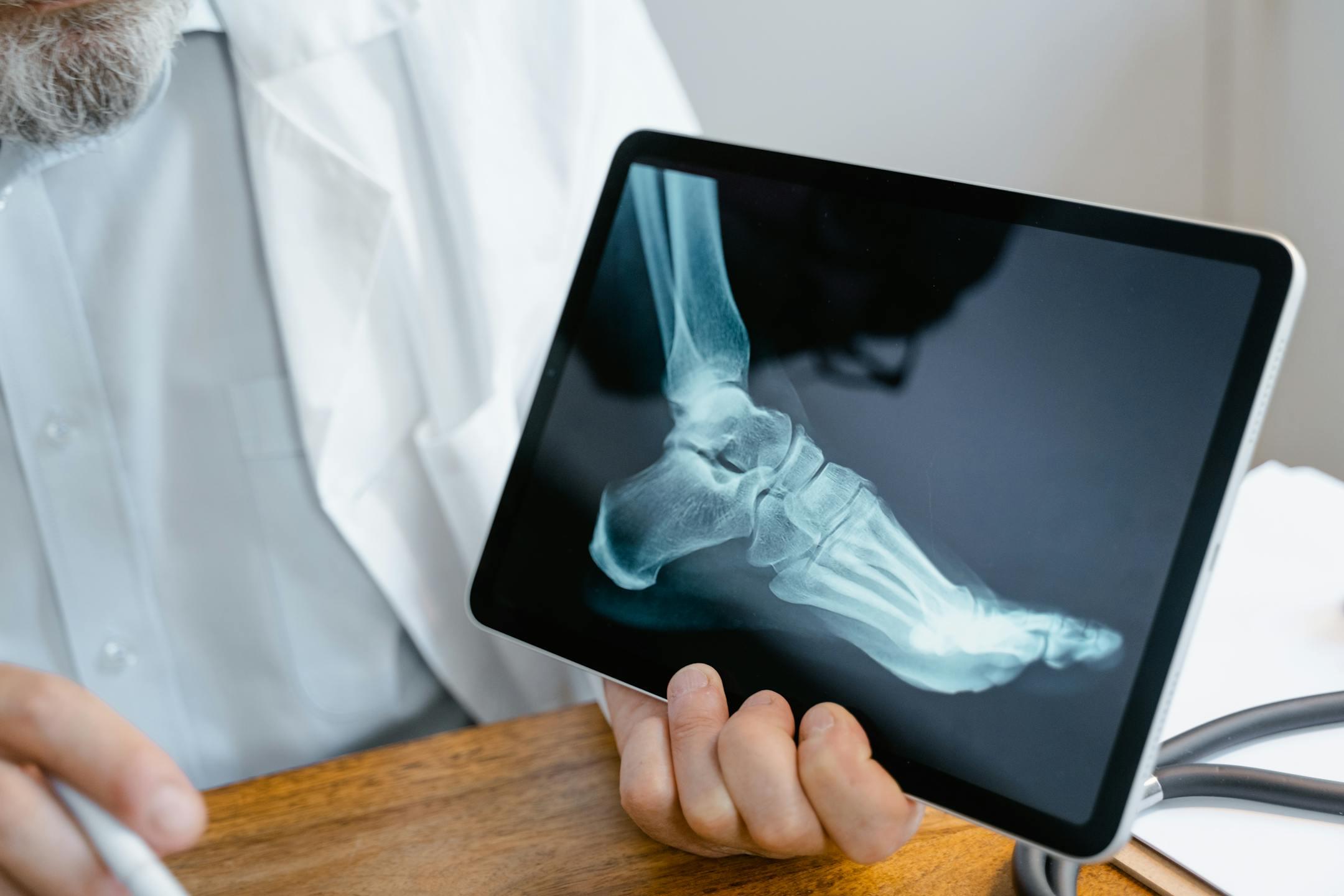
From the ankle joint’s intricate network of ligaments to the stress-bearing architecture of the foot, the lower extremities are marvels of biological engineering. But when injury strikes—whether it’s a stubborn case of plantar fasciitis or early signs of joint degeneration—the path to recovery can feel frustratingly slow. Enter the regenerative revolution: PRP and stem cell therapies.
These aren’t futuristic concepts anymore. They're real, they’re here, and they’re changing how orthopedic surgeons like Dr. Selene G. Parekh approach chronic pain, overuse injuries, and degenerative conditions of the foot and ankle.
Let’s start with the basics. PRP, or platelet-rich plasma, is derived from your own blood. A small sample is drawn, spun in a centrifuge, and concentrated into a potent cocktail of growth factors. These biological messengers stimulate tissue repair, modulate inflammation, and promote healing at the cellular level.
Stem cells? They’re the body’s master builders. Capable of differentiating into bone, muscle, and more, these cells—often harvested from bone marrow or fat tissue—offer regenerative firepower where conventional medicine may fall short.
Together, PRP and stem cell therapies form a powerful one-two punch. One accelerates the repair process. The other helps rebuild what’s been lost.
Every step we take transfers force through our lower limbs. Running, jumping, even just standing—all place immense pressure on structures like the Achilles tendon, plantar fascia, and ankle joint. Over time, wear and tear—or a sudden injury—can cause microdamage that lingers or worsens.
This is where PRP and stem cell therapies shine.
These are exactly the kinds of conditions regenerative medicine was built to tackle. By delivering healing elements right to the problem area, these therapies can reduce pain, speed recovery, and in some cases, postpone—or even eliminate—the need for surgery.
What makes PRP and stem cell treatments so appealing isn’t just their potential effectiveness—it’s how they work with the body, not against it.
Here’s where it gets nuanced. While the idea of “natural healing” sounds universally appealing, not all patients are ideal candidates. Factors like age, overall health, injury type, and treatment history all come into play. A comprehensive evaluation is essential.
Physicians like Dr. Parekh, who blend deep orthopedic expertise with cutting-edge innovation, are uniquely equipped to determine whether regenerative therapies are the right fit. Sometimes, PRP or stem cells are used alone. Other times, they’re paired with minimally invasive procedures to maximize outcomes.
We’re only scratching the surface of what PRP and stem cell treatments can do. Clinical trials are underway. New delivery methods are being tested. Protocols are evolving. And with physicians at the forefront—those who don’t just follow trends but shape them—the potential continues to expand.
If your foot or ankle pain has resisted traditional treatments, it might be time to think differently. Not every solution requires a scalpel. Sometimes, healing begins with your own cells, guided by a steady, forward-thinking hand. Reach out to Selene G. Parekh, MD, MBA today to explore your options.